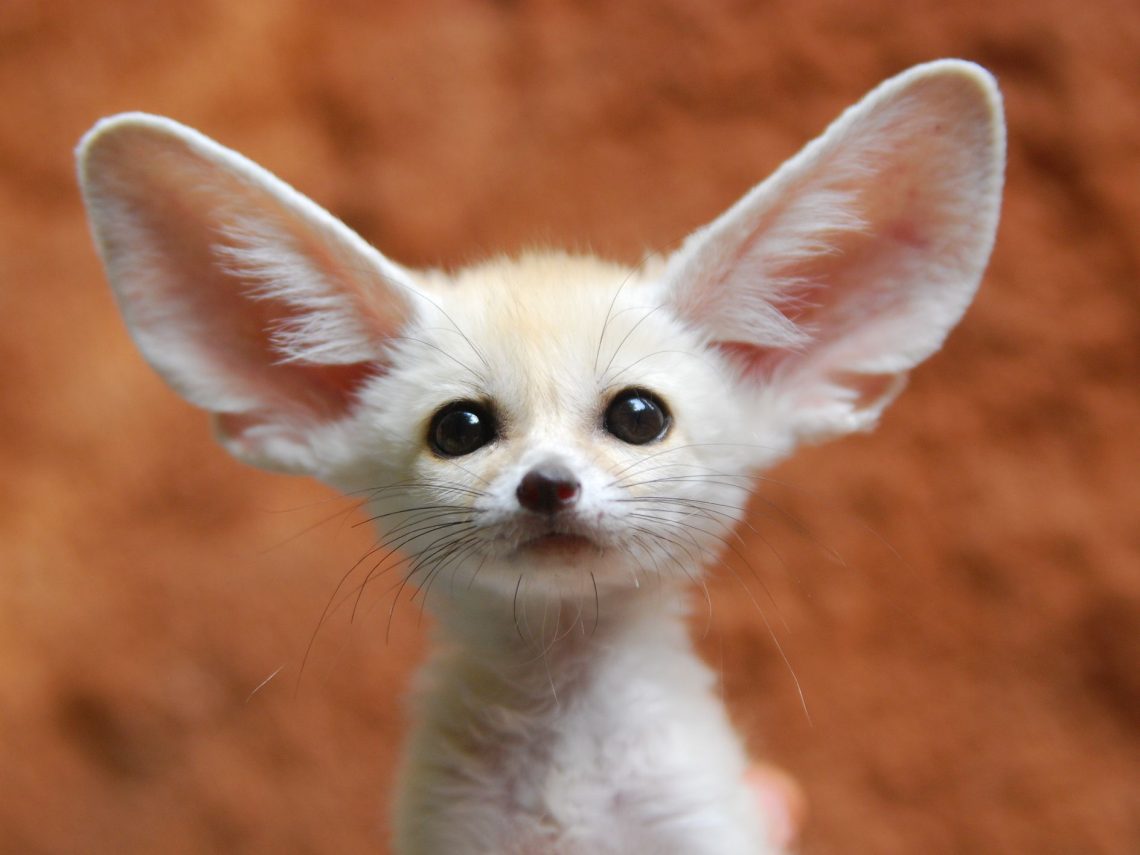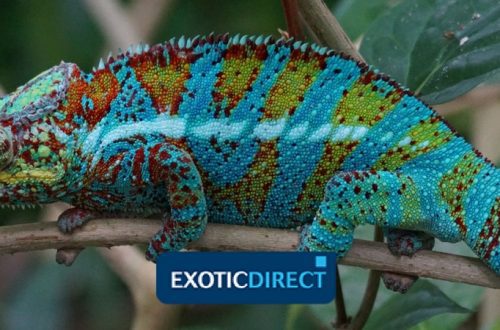
Animals and plants in a hot desert climate are an example of endurance
The desert … It attracts many with its majesty, beckons with mystery. After all, these vast expanses are fraught with a huge number of secrets and mysteries. These are stunningly beautiful sunrises, huge and so close stars. This is the place where time stops. It seems that you can stay here forever. But unbearable heat during the day and cold nights can dispel all charm. And very often the question arises of how representatives of flora and fauna manage to survive in the desert. And are they there at all?
Despite the fact that the desert climate is very extreme, nature has not deprived him of either animals or plants. There is no particular relationship between them. During a drought, animals cannot eat shoots, but look for other opportunities for food. Camels eat thorns, which are very abundant in the desert. Rodents can eat small shoots of grasses. Or they go into hibernation.
Contents
desert animals
Desert animals could adapt to sudden changes in temperatureto the almost complete absence of water. And even to the fact that there is practically no vegetation cover. Naturally, the main activity of animals falls on the early morning or night. When the desert is not yet like a hot frying pan. What kind of animals can still be seen in the desert, if you’re lucky.
There are a sufficient number of predators in the desert, the largest of which is the lion. But there are still more herbivores.
Lizards
The most numerous animals of the desert. They endure the harsh desert climate most easily. Them legs are equipped with special scaleswhich help them move quickly on hot sand.
- The most famous lizard is the monitor lizard. This cold-blooded animal has perfectly adapted to the high temperatures of the desert. And when the temperature becomes very low, it can be aggressive. Poisonous. But it is not dangerous for people. The poison is used to obtain food.
- Also in the desert you can find a lizard-thorntail. Can withstand the highest temperatures. Therefore, this animal has chosen the hottest deserts as its habitat. Herbivores. Indigenous people use these lizards for food.
- This type of animal in the desert is also represented by a round-eared lizard. This is a very funny lizard. In movement, she spreads her paws wide and lifts her head high. Which makes her look like a dog. In case of danger, it can not only hide, but also frighten the enemy with its huge mouth.
- Its closest relative is the sandy roundhead. Small yellow lizard. In the case of persecution by predatory animals, it is able to instantly burrow into the sand.
- At night, the most active representatives of lizards are geckos. All representatives of this species have a transparent body. And some have membranes, like waterfowl. Only they help them move across the sand.
- In the deserts of Australia, you can find a horned lizard – Moloch. The body of this animal is covered with spikes. And the skin is able to absorb moisture, which is then gradually absorbed by the body.
Turtles
Usually these animals associated with the water element. But there are also many of these animals in the desert. Turtles are awake only a few months a year, in early spring. At the beginning of summer, they lay eggs and go to the depths of the soil for wintering.
Insects
Pretty lives in the desert many different insectswhich are food for other animals.
- Most often you can find various beetles. The most common are different types of black beetles. Most of them do not know how to fly, but only crawl and jump. They feed on plants. They lead a nocturnal lifestyle.
- Of course, the most famous is the scarab beetle, famous in ancient Egypt. Now it has a less poetic name – dung beetle. From manure, he rolls balls, which serve as a strategic supply of food for both adults and larvae.
- Oddly enough, ants live in the desert. But the anthills in the sands are not visible. Looking closely, you can only see the entrance to the anthill. It’s funny to watch the phaetons – desert ants. They have unusually long legs that help him run fast. A pale runner can instantly burrow into the sand.
- Mosquitoes and mosquitoes also live in the desert. For humans, these bloodsuckers are not dangerous, they feed mainly on small rodents.
- In the silence, you can hear a chirp similar to that emitted by grasshoppers. It is male fillies that attract females.
Mammals
These animals in the desert are extremely cautious. And most often you can only see their traces.
- It is simply impossible to imagine a desert without camels. At the moment, there are practically no wild camels left, only tamed by man. These insanely hardy animals help people carry heavy loads.
- The Dorokas gazelle is a very fast animal, able to run at speeds of more than 80 km/h. It feeds on dew and plants that retain moisture well. What allows these animals to not experience thirst attacks for a long time.
- Addax is a type of antelope. An endangered species, the habitat halo has decreased significantly in recent years.
- A small fox with big ears is called a fennec fox. It is the large ears that save this animal from overheating. Goes hunting at night.
Spiders, scorpions, chameleons
These animals are most commonly associated with the desert. Many people think that apart from spiders and snakes there is no one in the desert. The brightest representative among spiders – tarantula. Night hunter with a non-standard set of eyes that glow with green fire. It feeds on various insects.
Smoky phalanxes also run to the bright light at night. Unpretentious in food. They are not poisonous, as many people think.
The desert is home to a very dangerous yellow scorpion. Due to its small size, it seems harmless and fragile. After all, there are so many frighteningly large brothers around. But the small size does not prevent this scorpion from having powerful claws that destroy enemies.
Snakes
- The desert is home to many rare and endangered animals. The horned viper is one of those. It seems outwardly harmless, but, in fact, it is fatally dangerous to humans.
- In general, in the desert, you should be very careful about snakes. Most of them are poisonous. This and various asps, vipers and rattlesnakes.
- Interesting is the snake-arrow. It got its name for its extraordinary speed of movement. It can hide in trees, looking for prey. For humans, these snakes are not dangerous.
- It is also common to see and hear efu in the desert. Its traces are easy to recognize – these are separate oblique stripes. And in case of danger, it folds up in a special way, and with the help of friction it makes loud sounds.
- The sandy boa is most adapted to hot climates. The head in the form of a shovel allows you to break through the thickness of the sand well. And the eyes on top of the head help to view the area, barely sticking his head out of the sand.
Birds
- Many desert birds do not need water. Therefore, they never fly to a watering place.
- Birds in the desert are represented in small numbers. But even here you can meet such familiar sparrows and doves.
- You can enjoy the singing of larks or heaters.
- Special plumage helps the jays not to overheat. These birds are as loud and restless as magpies. These birds do not really like to fly, but prefer to run.
- And even woodpeckers can be found in the hollows of few desert trees.
- Various grouse fly well in the desert. They need water, but they can settle not only near water bodies, but also several tens of kilometers from a watering hole. Once in the reservoir, they not only eagerly fill the stomach with water, but also thoroughly wet the feathers. Thus, they will be able to water the chicks that are left in the nest.
- The hallmark of the desert are ostriches. These strange, large birds that cannot fly. But they are one of the leaders in running among animals. But this bird can be proud of not only excellent running characteristics. Ostriches can move quite long distances, they have excellent hearing and vision. And powerful legs not only allow you to run, but also fight off enemies.
Rodents
- The species of these animals in the desert are quite diverse. The largest colonies form gerbils. Their minks are used by all small animals in case of danger, and for shelter from the heat. Gerbils can be seen during the day or when dusk falls.
- Jerboas are typical nocturnal inhabitants desert. After all, nature has awarded them with big eyes and ears especially for comfortable living in the dark. A slightly awkward physique with a long tail helps jerboas not only jump well, but also turn sharply. They are food for all feathered and terrestrial predators living in the desert.
- Mouse is a long-eared jerboa.
- The giant mole rat is a rare and endangered animal. Lives only underground in its own hole. Has no eyes, somewhat similar to a mole.
- The eared hedgehog is a unique animal that can go without food and water for a long time. Feeds on insects.
Plants
Of course, the desert cannot boast of a wide variety of plants. But even this small number can amaze with beauty. Especially in the spring at the time of flowering.
All desert plants have deep root system to get moisture. Also, there are practically no plants with wide leaves – only small leaves or spines. With the exception of oases, the plants are far apart and propagate by flying seeds. The period of growth and maturation falls on the spring.
Many plants are simply amazing with their ability to adapt to long droughts. Many have known since school days saxaul and camel thorns. But still, desert plants are a little more diverse.
- Velvichia – this plant has complete immunity to lack of water, can do without water for several years. And it only dries out a little. Plus, this plant is long-lived, life expectancy can be more than 1000 years.
- Nara melon is a desert savior from hunger and thirst not only for animals, but also for people. True, it rarely bears fruit, only once every 10 years.
- Far in the desert you can see a quiver tree. These plants have long and smooth trunks, they can grow more than 8 meters in height. And what is most interesting, they are relatives of the usual homemade aloe.
Almost all herbs here are ephemeral, their lifespan corresponds to the duration of the wet period of the desert. It is these herbs that bloom amazingly beautifully in spring. And the rest of the time, with their closely intertwined roots, they keep the sand from moving. Ipaca is the main ephemeral herb.
Despite the variety of cacti in the desert, only one can quench your thirst. it Echinocactus georgiani. From one such plant you can get about a liter of juice.
Desert plants do not get tired to amaze the imagination. So, there is a plant whose flowers smell like rotting meat. Or plants that bloom underground.
So, the flora and fauna of the desert is not only camels and thorns. A huge and diverse world that amazes with its endurance.





